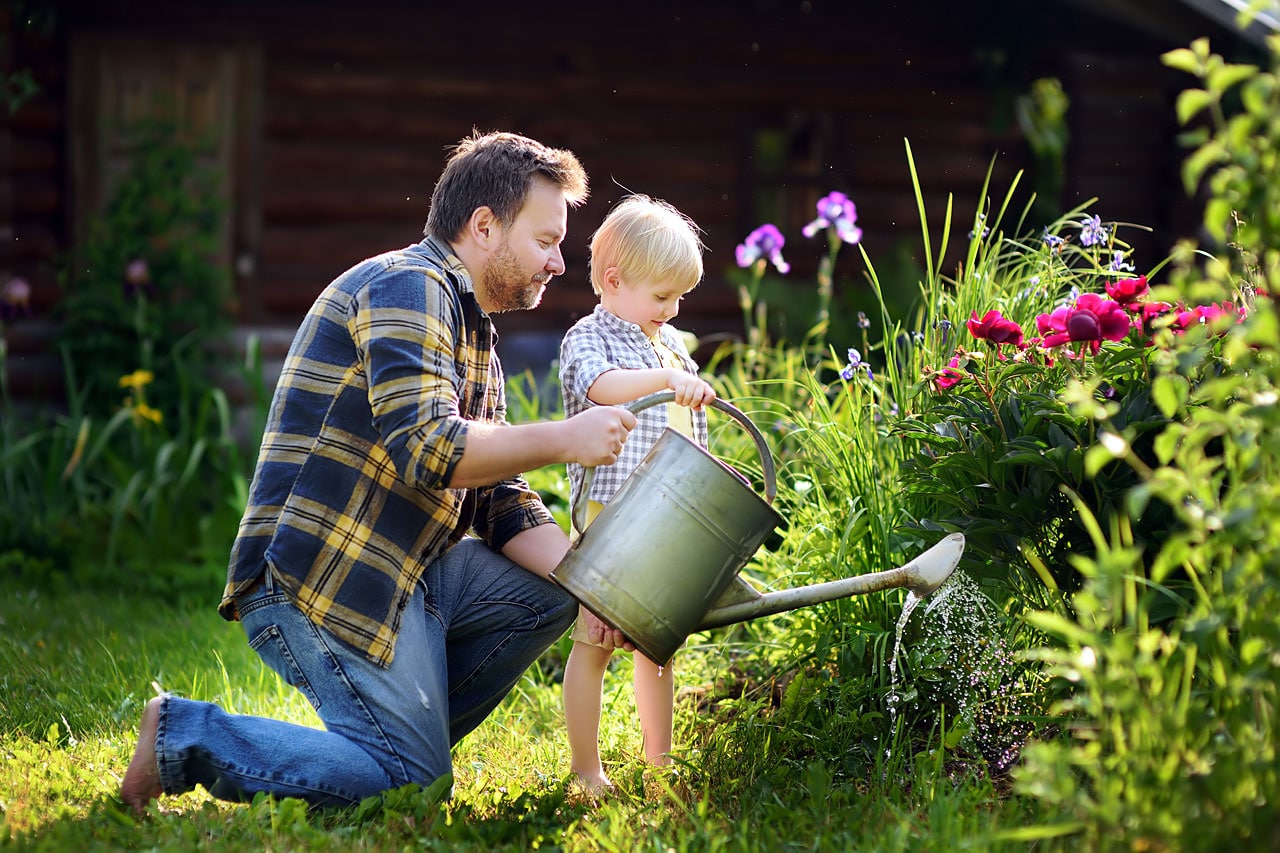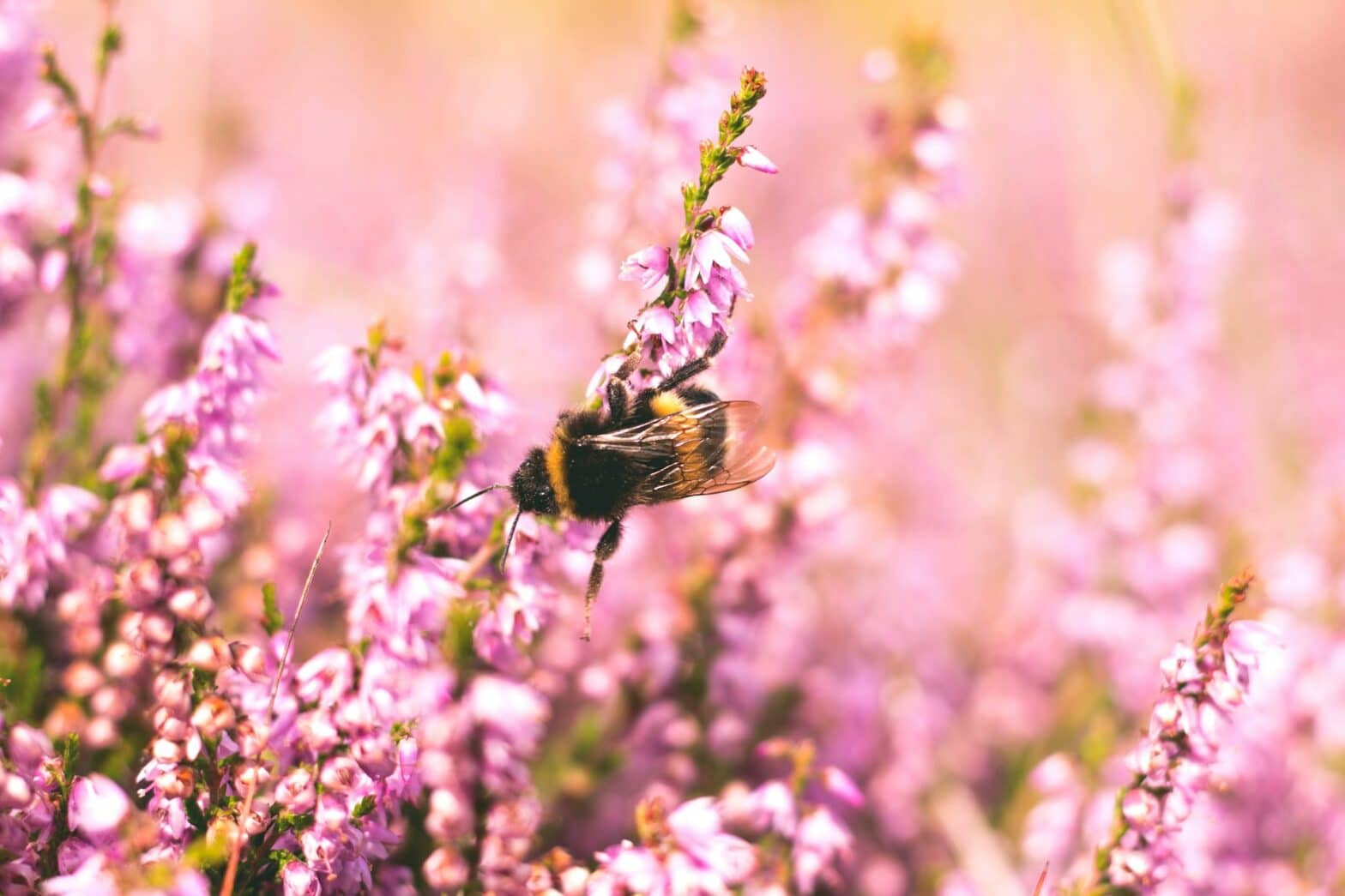Bees and other pollinators play an essential role in maintaining biodiversity and the survival of ecosystems. As a gardener, you can help preserve these species by arranging your garden to welcome and protect them. This article offers practical advice to attract these valuable helpers and promote their beneficial action on your flowers, plants and vegetable gardens.
Choosing the Right Plants to Attract Bees
To promote the presence of bees and other pollinators in your garden, it is essential to offer them a varied choice of flowers and plants suitable for their needs. Here are some of the most appreciated species:
- honey-bearing vegetation: lavender, thyme, sage, rosemary, mint…
- shrubs: buddleia (butterfly bush), abelia, European spindle…
- trees: acacia, ash, lime, apple, cherry…
- annual flowers: cosmos, zinnia, nasturtium, marigold, sunflower…
- perennial flowers: asters, daisies, bellflowers, geraniums, verbena…
Also consider selecting plants with blooming periods spread throughout the season, in order to ensure a regular supply of food for bees.
Avoid hybrid and double-flowered varieties
The hybrid and double flower varieties, often very decorative, unfortunately have little interest for pollinators as they produce less nectar and pollen. Therefore, prioritize simple and local species, which provide them with more suitable food.
Arrange wild corners in the garden
In order to promote biological diversity and provide pollinators with suitable habitats, it is important to preserve wild or semi-wild areas in your garden:
- Leave some grassy areas uncut, to allow insects to settle and reproduce there.
- Do not hesitate to keep certain “weeds” such as nettles, dandelions or thistles, which are often rich in nectar and pollen.
- Preserve heaps of dead wood, cut branches, or tree stumps, which provide valuable shelter for some species.
- Arrange less structured planting zones, with clusters of wild and local plants, to recreate a natural environment conducive to pollinators.

Adopt bee-friendly gardening practices and pollinators
To preserve the health and ensure the well-being of bees and other pollinators in your garden, it is essential to adopt farming methods that respect their environment:
- Ban pesticides and chemical insecticides, which are particularly harmful to these species. Rather encourage natural and organic treatments, such as plant-based fertilizers, and encourage biodiversity by promoting the presence of natural enemies (ladybugs, hedgehogs, birds…).
- Limit watering to the essential, by favoring plantings adapted to the local climate and adopting water saving techniques (mulching, rainwater harvesting, drip irrigation…). Bees need direct access to flowers to feed, and excessive humidity can disrupt their pollination work.
- Avoid drastic pruning of shrubs and hedges, which often removes a large part of their flowering, as well as repeated summer mowing of the lawn, which deprives pollinators of important food sources.
Create water points for bees
Bees and other pollinating insects also need water to quench their thirst and regulate their temperature. You can help them by setting up water points in your garden:
- Place a few bowls or saucers filled with water in the shade of the plants, with some pebbles or sticks to provide easy access for bees without the risk of drowning.
- Remember to frequently change stagnant water to prevent the development of mosquito larvae or diseases.
- If you have a pond or a pool, make sure to install aquatic plants and shallow areas to allow animals to drink safely.
Setting up refuges for bees and pollinators
Finally, do not hesitate to set up spaces dedicated to the breeding and rest of bees and other useful insects:
- Insect Shelters: make or buy specific “hotels” (hollow stems, drilled logs…) to accommodate different species of solitary pollinators, such as osmies or chalcidoids.
- Beehives and artificial habitats: if you are interested in beekeeping, consider installing one or more beehives in your garden to house colonies of domestic bees. However, make sure to choose those suitable for the local climate and comply with the current regulations (distance, number…).
By applying these tips, you will actively contribute to the preservation of bees and other pollinators, upon which the health of our ecosystems and the sustainability of our food supply depend.

